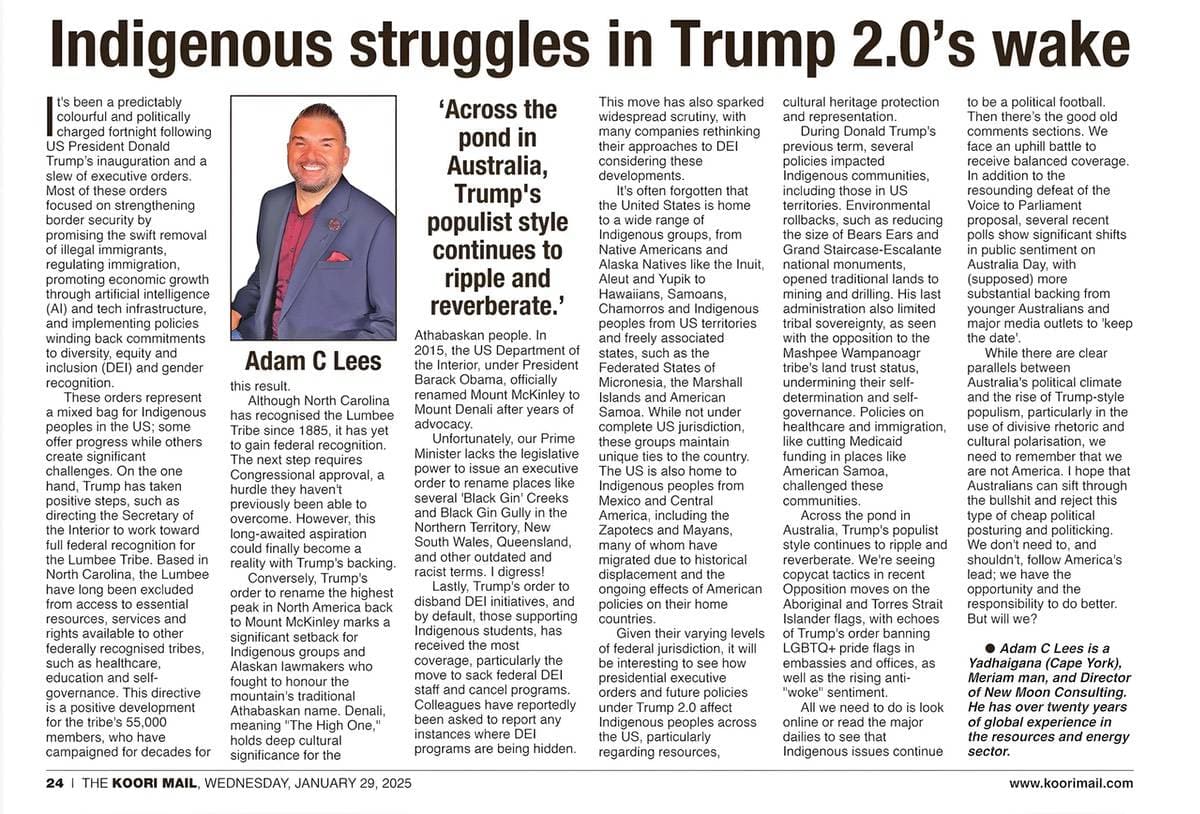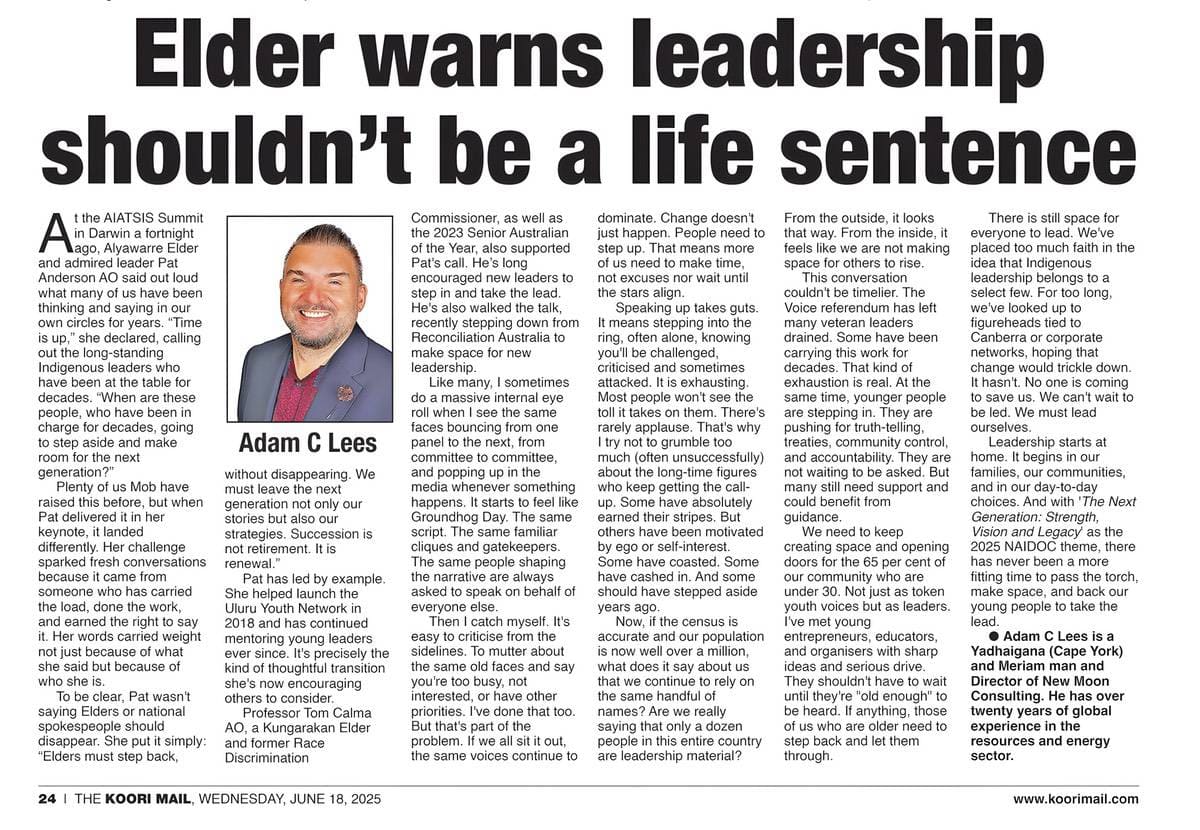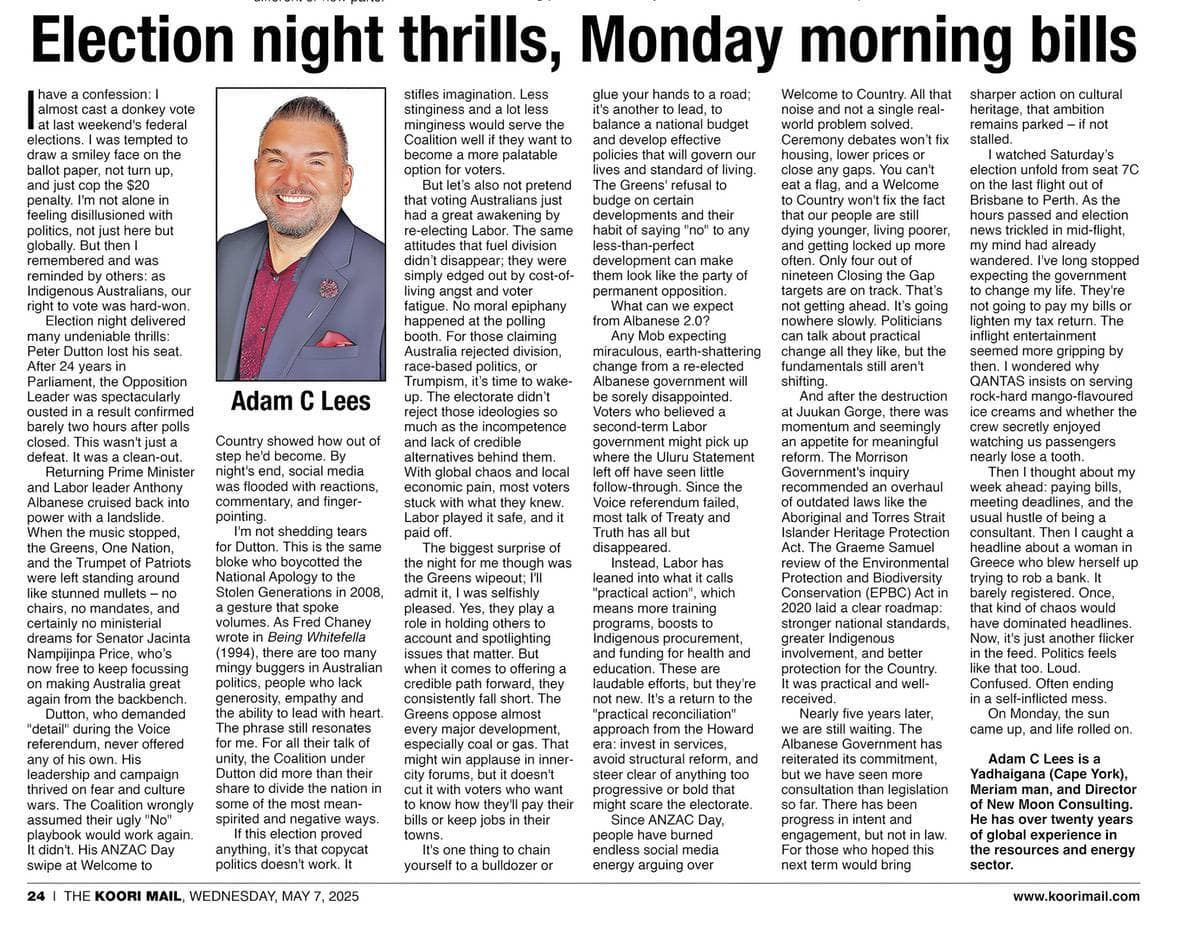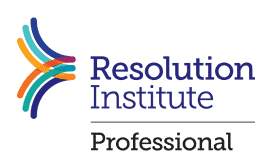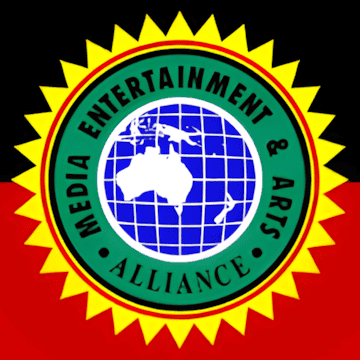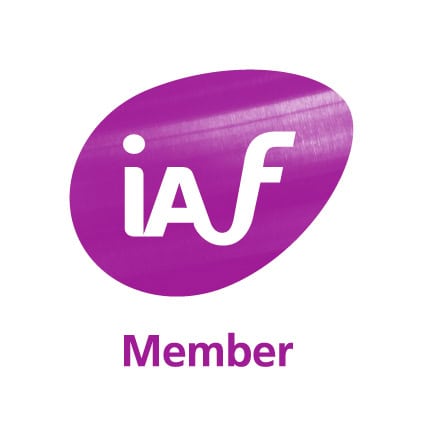It’s been a predictably colourful and politically charged fortnight following US President Donald Trump’s inauguration and a slew of Executive Orders. Most of these orders focused on strengthening border security by promising the swift removal of illegal immigrants, regulating immigration, promoting economic growth through artificial intelligence (AI) and tech infrastructure, and implementing policies winding back commitments to diversity, equity and inclusion (DEI) and gender recognition.
These orders represent a mixed bag for Indigenous peoples in the US; some offer progress while others create significant challenges. On the one hand, Trump has taken positive steps, such as directing the Secretary of the Interior to work toward full federal recognition for the Lumbee Tribe. Based in North Carolina, the Lumbee have long been excluded from access to essential resources, services and rights available to other federally recognised tribes, such as healthcare, education and self-governance. This directive is a positive development for the tribe’s 55,000 members, who have campaigned for decades for this result.
Although North Carolina has recognised the Lumbee Tribe since 1885, it has yet to gain federal recognition. The next step requires Congressional approval, a hurdle they haven’t previously been able to overcome. However, this long-awaited aspiration could finally become a reality with Trump’s backing.
Conversely, Trump’s order to rename the highest peak in North America back to Mount McKinley marks a significant setback for Indigenous groups and Alaskan lawmakers who fought to honour the mountain’s traditional Athabaskan name. Denali, meaning “The High One,” holds deep cultural significance for the Athabaskan people. In 2015, the US Department of the Interior, under President Barack Obama, officially renamed Mount McKinley to Mount Denali after years of advocacy.
Unfortunately, our Prime Minister lacks the legislative power to issue an executive order to rename places like several ‘Black Gin’ Creeks and Black Gin Gully in the Northern Territory, New South Wales, Queensland, and other outdated and racist terms. I digress!
Lastly, Trump’s order to disband DEI initiatives, and by default, those supporting Indigenous students, has received the most coverage, particularly the move to sack federal DEI staff and cancel programs. Colleagues have reportedly been asked to report any instances where DEI programs are being hidden. This move has also sparked widespread scrutiny, with many companies rethinking their approaches to DEI considering these developments.
It’s often forgotten that the United States is home to a wide range of Indigenous groups, from Native Americans and Alaska Natives like the Inuit, Aleut, and Yupik to Hawaiians, Samoans, Chamorros, and Indigenous peoples from US territories and freely associated states, such as the Federated States of Micronesia, the Marshall Islands and American Samoa. While not under complete US jurisdiction, these groups maintain unique ties to the country. The US is also home to Indigenous peoples from Mexico and Central America, including the Zapotecs and Mayans, many of whom have migrated due to historical displacement and the ongoing effects of American policies on their home countries.
Given their varying levels of federal jurisdiction, it will be interesting to see how presidential executive orders and future policies under Trump 2.0 affect Indigenous peoples across the US, particularly regarding resources, cultural heritage protection, and representation.
During Donald Trump’s previous term, several policies impacted Indigenous communities, including those in US territories. Environmental rollbacks, such as reducing the size of Bears Ears and Grand Staircase-Escalante National Monuments, opened traditional lands to mining and drilling. His last administration also limited tribal sovereignty, as seen with the opposition to the Mashpee Wampanoag Tribe’s land trust status, undermining their self-determination and self-governance. Policies on healthcare and immigration, like cutting Medicaid funding in places like American Samoa, challenged these communities.
Across the pond in Australia, Trump’s populist style continues to ripple and reverberate. We’re seeing copycat tactics in recent Opposition moves on the Aboriginal and Torres Strait Islander flags, with echoes of Trump’s order banning LGBTQ+ pride flags in embassies and offices, as well as the rising anti-“woke” sentiment.
All we need to do is look online or read the major dailies to see that Indigenous issues continue to be a political football. Then there’s the good old comments sections. We face an uphill battle to receive balanced coverage. In addition to the resounding defeat of the Voice to Parliament proposal, several recent polls show significant shifts in public sentiment on Australia Day, with (supposed) more substantial backing from younger Australians and major media outlets to ‘keep the date’.
While there are clear parallels between Australia’s political climate and the rise of Trump-style populism, particularly in the use of divisive rhetoric and cultural polarisation, we need to remember that we are not America. I hope that Australians can sift through the bullshit and reject this type of cheap political posturing and politicking. We don’t need to, and shouldn’t, follow America’s lead; we have the opportunity and the responsibility to do better. But will we?
Adam C Lees is a Yadhaigana (Cape York), Meriam man, and Director of New Moon Consulting. He has over twenty years of global experience in the resources and energy sector.
